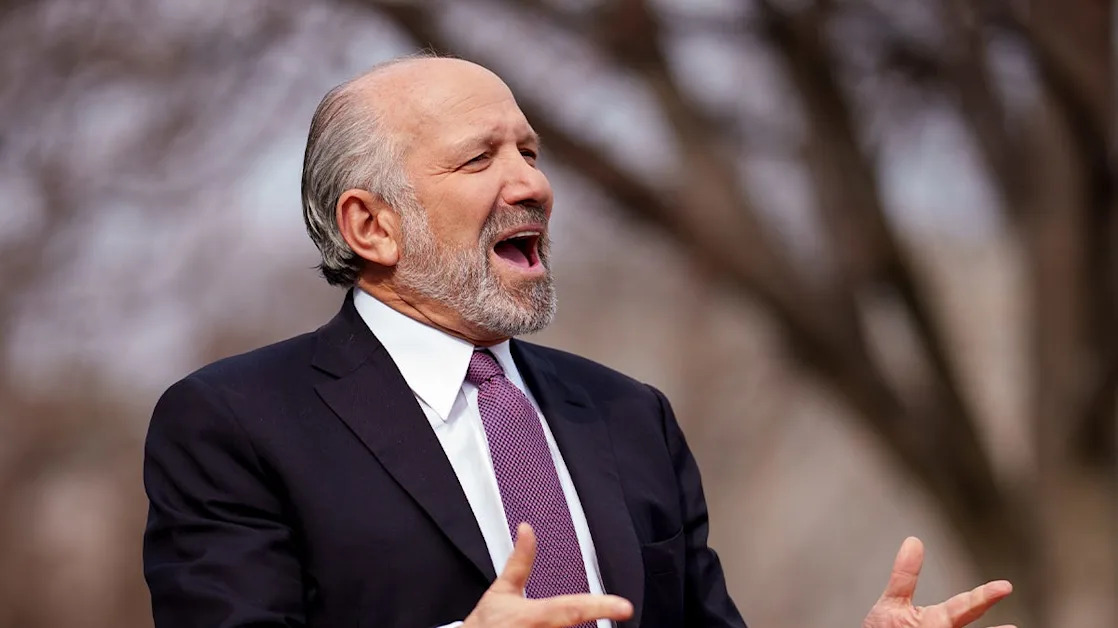
As the 2024 U.S. presidential election draws nearer, many in the cryptocurrency community have rallied behind former President Donald Trump, buoyed by his enthusiastic support for the industry. A March 14 poll conducted by Paradigm revealed that 19% of registered U.S. voters have purchased crypto, underscoring that this demographic is far from a niche group. The poll concluded that crypto owners could play a decisive role in a close election, especially as candidates’ stances on cryptocurrency become increasingly important to voters.
Vice President and Democratic candidate Kamala Harris has not articulated any specific crypto policies, nor has she indicated any intention to diverge from the current administration’s more stringent approach to the industry. In contrast, Trump has embraced the label of "crypto president" and has made numerous promises to benefit the U.S. crypto industry.
However, some of the broader economic strategies Trump is proposing could run counter to the deflationary ideals of many in the crypto space. A central theme of Trump’s economic plan is to reindustrialize the United States, aiming to restore the country’s manufacturing sector to its former prominence. Trump has also suggested weakening the U.S. dollar to make American exports more competitive, a move that could further stoke inflationary pressures.
Trump’s previous attempts to influence the Federal Reserve to lower interest rates during his 2017 term were unsuccessful, but if he wins the 2024 election, he may have another opportunity to shape the Fed’s policies. With Fed Chair Jerome Powell’s term ending in 2026, Trump could nominate a successor more aligned with his views on monetary policy, potentially paving the way for significant shifts in the Fed’s approach.
In line with his broader economic philosophy, Trump has also signaled a desire for sweeping deregulation, particularly in the energy and environmental sectors. He has expressed a willingness to deregulate the crypto industry and artificial intelligence, potentially making the U.S. a more attractive hub for these emerging technologies.





